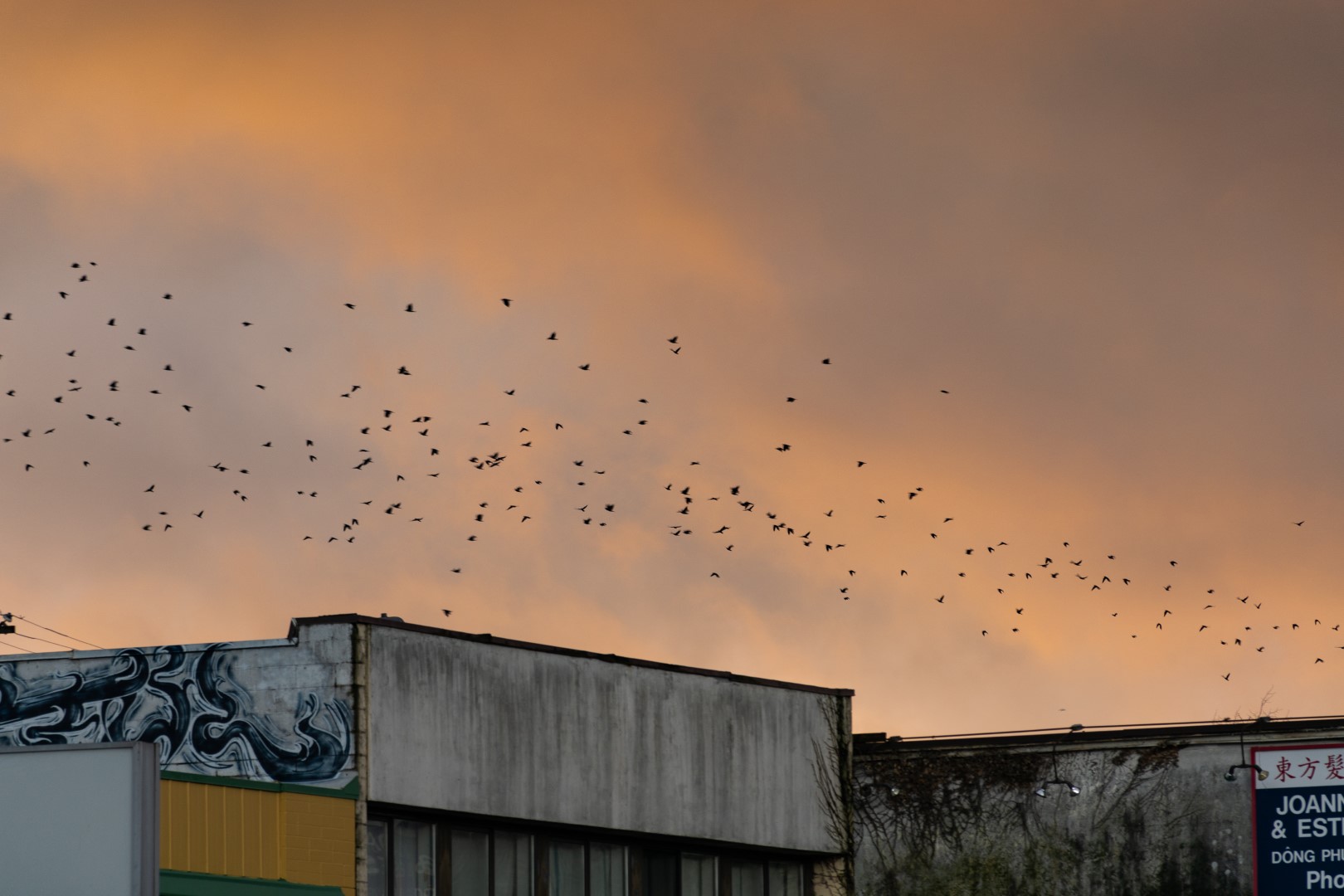
And other reasons why the songbird population is declining
By Jessica Berget, Assistant Editor
The birds most vulnerable to this disease outbreak are Pine Siskins—which are identified by their pointed bills and yellow points on wings and tails.
While us humans deal with our own infectious virus, BC birds are dealing with a pandemic of their own.
On January 11, CTV News BC reports across the Pacific Northwest (from BC to Oregon) have seen a sharp uptick in the amount of sick and dying birds found, as also reported by the BC Wildlife Rescue Association (BCWRA) and the Wild Animal Rehabilitation Centre (ARC). All these deaths can be linked to a salmonella outbreak which is spread by birdbaths and feeders, which is why the BCWRA is asking people to thoroughly clean or remove them from their gardens.
The birds most vulnerable to this disease outbreak are Pine Siskins—which are identified by their pointed bills and yellow points on wings and tails. Because they are a social creatures, they travel in large groups and the disease is easily spread; when one bird gets sick, they all get sick.
In 2020, the BCWRA reported 127 Pine Siskin admissions for salmonella poisoning; just in December there were 75 birds admitted and suspected to be infected with salmonella. By the new year, 36 birds have been admitted with more coming every day. According to Wallis Moore Reid of the Wild ARC in a Times Colonist article, none of the bird admissions have survived so far because of the severity of the disease and low survival rate.
Salmonella is the most common reported cause of food-related illnesses in humans. Like humans, the disease attacks the birds’ digestive system—making it difficult for them to eat or digest. It can be spread through fecal contamination of their water and food or from other birds, and this is why wildlife rescue centres say cleaning or removing bird baths and feeders is vital. They also stress for people to wash their hands after handling their bird feeders as salmonella can be transmitted to humans and other animals. Signs to look for in salmonella infection: birds will appear lethargic, weak, and fluffed up. If you see a bird you think has been infected with salmonella, you can contact Wildlife Rescue’s Support Centre at 604-526-7275.
Another threat to the bird population are our furry friends: cats! A study by Environment Canada scientist Peter Blancher estimates that cats kill between 100 million and 350 million birds in Canada each year (38 percent by pet cats and the rest by feral cats). To compare, their second leading cause of deaths is window collisions which kill up to 25 million birds each year.
Because of the number of birds and other wildlife killed by outdoor cats, BC has considered regulating outdoor cat ownership. In fact, a ferry ride away in Victoria BC has already seen an outdoor cat regulation. All cats must be leashed when in public areas or else owners are subject to a $150 fine. On January 18, the City of Richmond also toyed with idea of cat regulating with a committee endorsing to work with the SPCA and the Regional Animal Protection Society to work on an educational campaign for cat owners. The City of Nanaimo is also considering this regulation as earlier this month they voted to go ahead with bylaws banning cats from being free to roam outdoors, despite public feedback against this idea.
In 2015, the BC SPCA found that out of 162 of the province’s municipalities, 24 required the licensing, regulation, and identification of cats while 13 restricted unsterilized cats. At this time, BC has no plans to control or change the habits or routines of cats.



